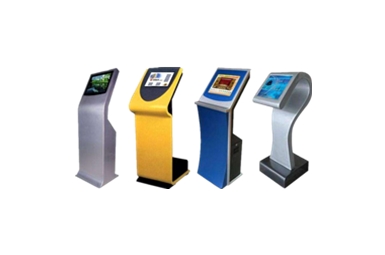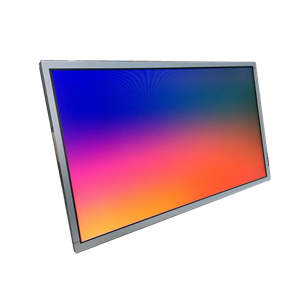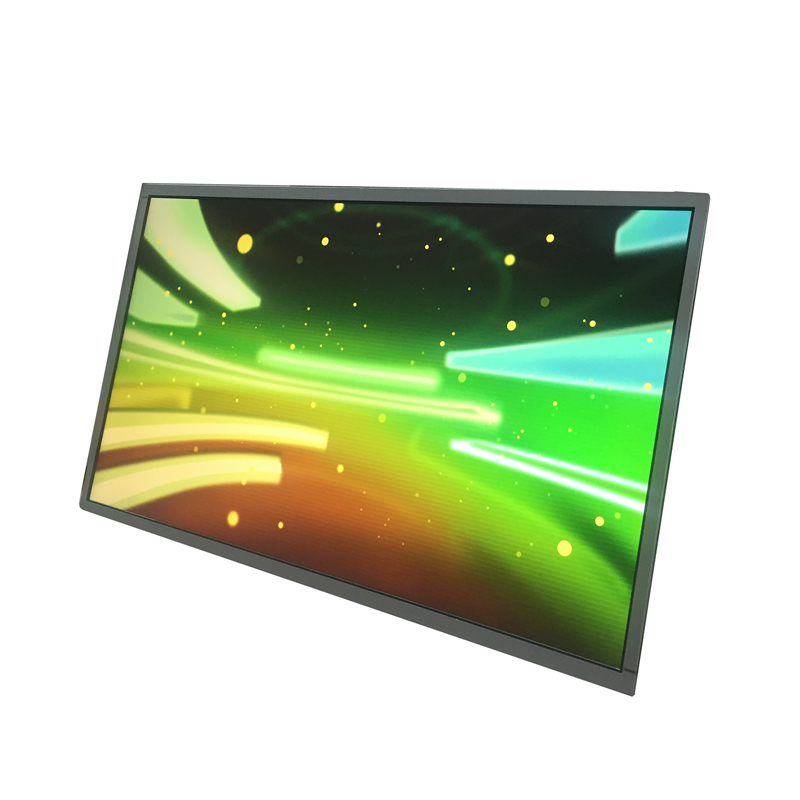LCD Panel types used in current PC monitors, including: IPS, AHVA, Super PLS, VA and TN based LCD panel technology.
There are many different types of LCD panel technologies used in the production of LCD monitors. They range from budget TN panels to expensive, professional-quality H-IPS and MVA panels. The average consumer usually has no idea what LCD panel technology is used in their LCD. In fact, many power users are also unaware because the panel type is not often advertised in a prominent area. Sometimes the panel type is even absent from the monitor specifications. Many users buy monitors based solely on how much it will lighten their wallets. Price should be a factor, but you should still be aware of the advantages and disadvantages of all the different LCD panel types and be able to identify them before you decide which LCD monitor is best for you.

IPS Panel Technology
IPS (In-Plane Switching) panels are generally considered the best overall LCD technology for image quality, color accuracy and viewing angles. They are well-suited for graphic design and other applications which require accurate and consistent color reproduction. IPS panels offer the best viewing angles of any current LCD technology, with wide viewing angles of up to 178 degrees.
All these benefits raise IPS monitors to a higher price range compared to VA and especially affordable TN panel LCD displays. The response time of IPS is adequate, ranging from 6ms to 16ms with current panels. This is only slightly slower than TN panels. However, gamers should take this into consideration. Fast-paced games may suffer from motion blur or ghosting with IPS panels that have a response time higher than 8ms.
S-IPS panels can often be identified by a slight purple hue on blacks when viewed from a wide angle. There are currently few manufacturers using S-IPS panels in comparison to the other panel types making choices limited and they often carry a premium price tag. H-IPS is a newer variation of S-IPS with a different pixel structure that improves contrast ratios and lowers pixel pitch to provide better picture quality.
There are various iterations of IPS panels, for example, S-IPS, H-IPS, e-IPS, and P-IPS. They are relatively similar regarding the technology they use, though H-IPS panels do have a slightly different pixel structure than the rest and the majority of e-IPS panels only offer 6-bit color depth. IPS LCD monitors are a suitable stopgap display technology until OLED monitors are commercially viable. If you're in the market for a monitor that uses IPS technology you can review our comprehensive list of IPS monitors before choosing.
Top Rated IPS Monitors
——————————————————————————————————————————————————————————-


What is Super PLS?
Super PLS (Plane to Line Switching) is a proprietary LCD panel type developed by Samsung that is very similar in design and construction to IPS panel technology. Samsung has made claims stating Super PLS panels have wider viewing angles and produce 10% more brightness than IPS displays while being cheaper to produce. The 27" Samsung S27A850D was the first LCD monitor released to make use of Super PLS.
What is AHVA?
Yet another proprietary "IPS-like" panel type that offers similar performance to PLS. Developed by AUO, AHVA is short for Advanced Hyper-Viewing Angle. The acronym can be slightly confusing as AHVA technology will sometimes be mixed up with Vertical Alignment (VA, see below) even though it makes use of In-Plane Switching (IPS).
VA Panel Technology
VA (Vertical Alignment) technology such as S-PVA/MVA are middle of the road LCD panels. They offer better color reproduction and wider viewing angles than TN panels, but have slower response times. They are very similar to S-IPS on paper. They also offer large viewing angles and good color reproduction, though not as good as IPS panels. The response times are generally worse than TN or IPS panels and there have been reports of a few VA panels that suffer from input lag, so VA technology is not be the best choice for fast paced gaming.
VA panels have the advantage of higher contrast ratios compared to other panel types, which leads to better black levels. The biggest disadvantage of VA based panels is color shifting. Color shifting is when the image viewed from one angle changes or "shifts" when viewed from a slightly different angle, making various uneven brightness levels across the display. This bothers many users to the point they will not even consider buying a VA based panel, while other users don't notice or aren't bothered by the color shifting. Color shifts also cause a loss of shadow detail in dark scenes when viewed directly from the center.

VA panels are much easier to find compared to IPS since so many manufacturers utilize them for LCD monitors and other displays such as large HDTVs. They offer better image quality than TN at a lower price point than IPS panels. Update: IPS has recently exploded in popularity. They have now overtaken VA monitors in regards to availability and lower price.
TN Panel Technology
TN (Twisted Nematic) panels are the most widely used panel type in the manufacture of LCD monitors. TN panels are cheap and offer excellent response times, making them perfect for fast paced gaming. The response times of current TN panels range from 2ms to 5ms. Unfortunately the color reproduction, viewing angles and contrast ratios of TN panels are the worst of any current LCD panel technology.
Unlike most 8-bit IPS/VA based panels, TN is only 6-bit and unable to display the full 16.7 million colors available in 24-bit true color. They can mimic the 16.7 million colors of 8-bit panels using a technique called dithering, but the results are unimpressive. TN panels have become popular with the average computer user because they are very inexpensive and currently dominate the LCD display market in availability.
Summary of LCD Panel Technologies
S-IPS, H-IPS, Super PLS, AHVA and other IPS-type panels are generally considered the best all around panel type, but they are more expensive and very few are made. High end, expensive.
S-PVA/MVA/VA panels offer better color reproduction and viewing angles than TN panels, have slightly worse response times than TN or IPS, offer the best contrast ratios, may suffer from color shifting or input lag and have higher availability than IPS and Super PLS panels. Mid range, fair price.
TN panels are very cheap and have the fastest response times, but suffer from inferior color reproduction, contrast ratios and viewing angles. The majority of LCD monitors produced use TN panels. Low end, inexpensive.
Update: As of 2016, much of this information still applies, though prices of IPS-based displays have dropped and they're more readily available. VA panels have also seen improvements to their responsiveness/input lag. Many users now view VA performance and image quality as on par or close to IPS. TN is still the cheapest and most used panel type with the best responsiveness, least motion blur and worst viewing angles/image quality.
Related readings:
Understanding IPS and TN Displays: A Comprehensive Guide
IPS and TN: which display technology is best for you?
How to Choose the Right IPS Touch Screen Manufacturer
AUO, BOE and INNOLUX, Which IPS Screen is Best?
Differences Between TFT VS IPS Screens
Such Excellent IPS screen From Such An Industrial LCD Supplier



